Adam Mullen & John Collins
Monoliths: A love story
#1about 4 minutes
The challenges of scaling a monolithic architecture
Rapid team growth in a single codebase leads to development friction, increased complexity, and slower delivery times.
#2about 4 minutes
The problems with a growing monolithic codebase
As a monolith grows, development slows down due to the need for extensive communication and alignment across many teams.
#3about 4 minutes
Why strict code ownership is a flawed solution
Assigning strict code ownership creates walled gardens, knowledge silos, and dependencies that hinder collaboration and slow down development.
#4about 4 minutes
How engineering culture shapes system architecture
According to Conway's Law, your organization's communication patterns will ultimately determine your software architecture, making cultural change a prerequisite for technical change.
#5about 4 minutes
Shifting from code ownership to inner sourcing
Move from a mindset of protective ownership to one of collective maintenance by allowing people to go to the work and adopting an inner-sourcing model.
#6about 4 minutes
Scoping change initiatives for maximum impact
Choose meaningful, visible projects that can be completed within a few sprints to ensure they are large enough to matter but small enough to manage risk.
#7about 3 minutes
Applying the scientific method to organizational change
Treat improvements as experiments by forming a clear hypothesis, testing it, analyzing the resulting data, and iterating based on what you learn.
#8about 4 minutes
Practical tips for implementing sustainable changes
Ensure success by making small, iterative changes, prioritizing easy rollbacks, and investing in documentation and code quality to support future work.
#9about 3 minutes
Focusing on modularity over architectural labels
Instead of debating monoliths versus microservices, focus on decoupling code and improving team collaboration to build a more modular and maintainable system.
#10about 3 minutes
Q&A: Documentation, team size, and onboarding
The discussion covers managing documentation through the definition of done, the ideal team size of four to six engineers, and using a buddy system for onboarding.
Related jobs
Jobs that call for the skills explored in this talk.
Matching moments

21:30 MIN
Transforming technology and internal ways of working
IKEA Story: Transforming an Iconic Retail Brand
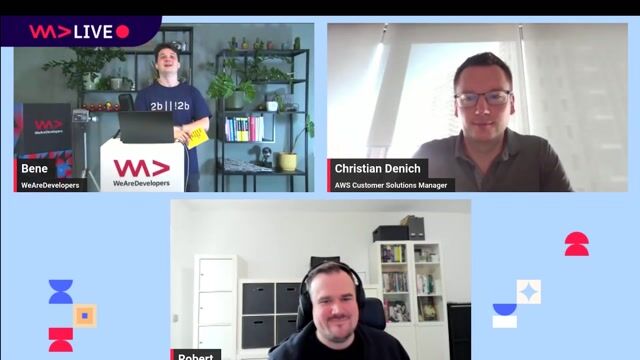
51:53 MIN
Q&A on shared systems and scaling productivity
Forget Developer Platforms, Think Developer Productivity!
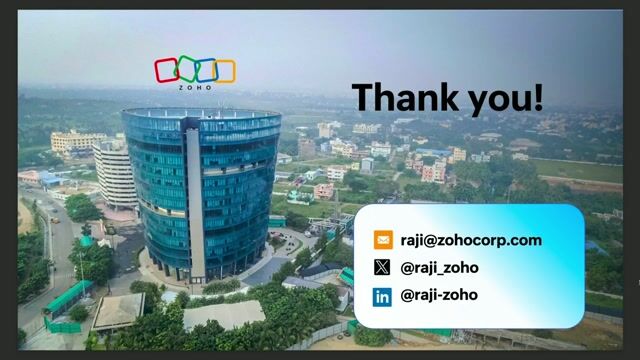
23:23 MIN
Q&A: When to build a monolith application
Strategies to accelerate SaaS Application Development
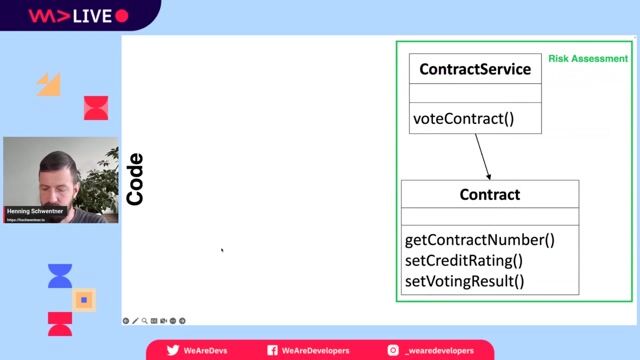
43:44 MIN
Monolith transformation is a marathon not a sprint
Domain-Driven Transformation—How to Bring (Back) Sustainable Architecture to Legacy and Monoliths
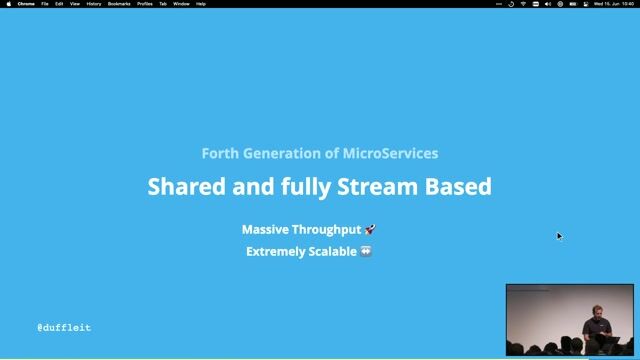
40:22 MIN
Balancing architectural complexity and business needs
The Rise of Reactive Microservices

31:32 MIN
Adopting an iterative mindset for architecture evolution
Our journey with Spring Boot in a microservice architecture
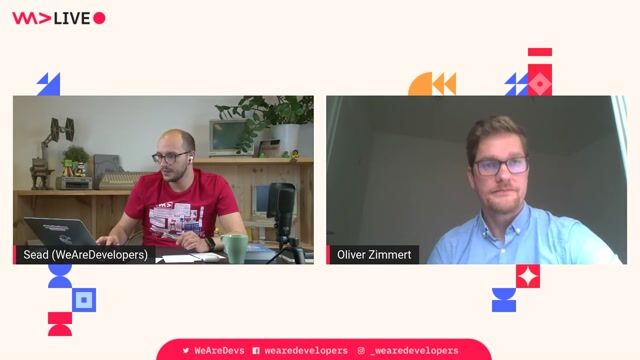
35:55 MIN
Discussing team structure, agile methods, and microservices
Remote Driving on Plant Grounds with State-of-the-Art Cloud Technologies
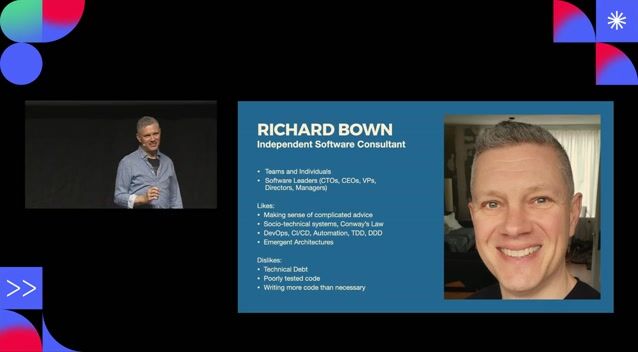
06:20 MIN
How Conway's Law shapes your software architecture
The QUEST for Better Software
Featured Partners
Related Videos
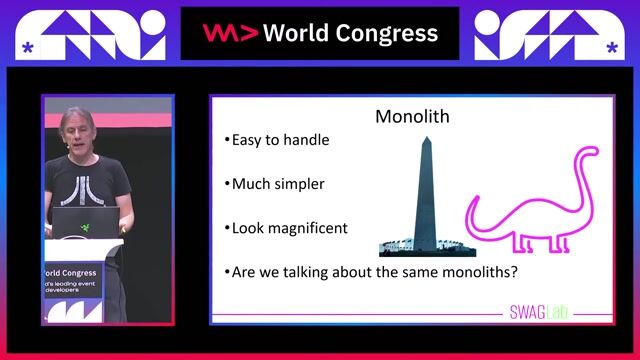 25:05
25:05Microservices? Monoliths? An Annoying Discussion!
Eberhard Wolff
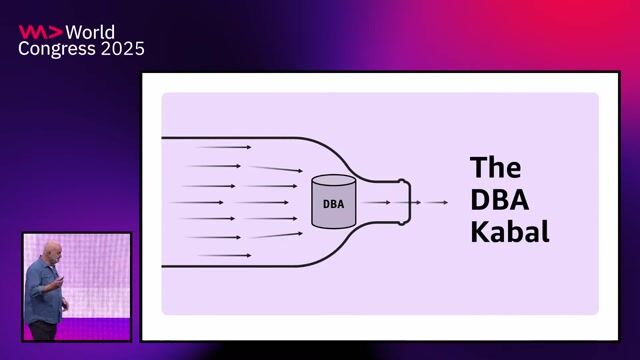 34:36
34:36Building Systems that Last
Werner Vogels
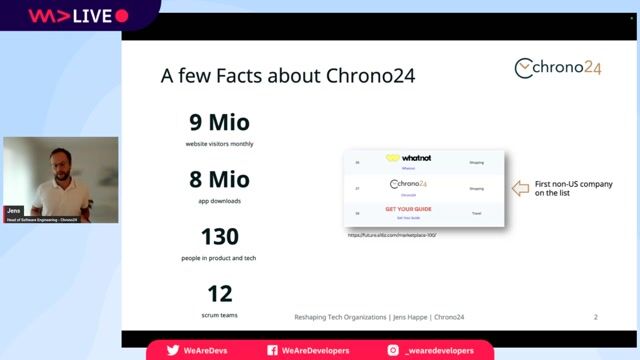 50:06
50:06Single Server, Global Reach: Running a Worldwide Marketplace on Bare Metal in a Cloud-Dominated World
Jens Happe
 1:01:30
1:01:30Domain-Driven Transformation—How to Bring (Back) Sustainable Architecture to Legacy and Monoliths
Henning Schwentner
 43:13
43:13It’s all about the domain, honey ! Experiences from 15 years of Domain-Driven Design
Carola Lilienthal
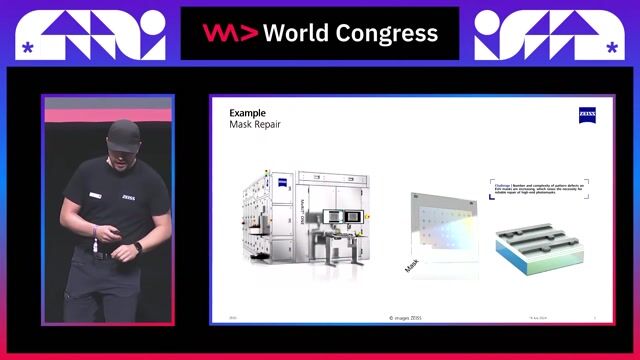 30:12
30:12Modulith Instead of Monolith - Pragmatically Towards Microservices
Hendrik Lösch
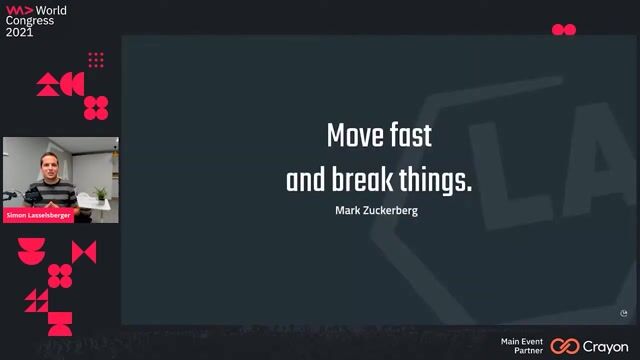 42:02
42:02Move fast with Software Architecture
Simon Lasselsberger
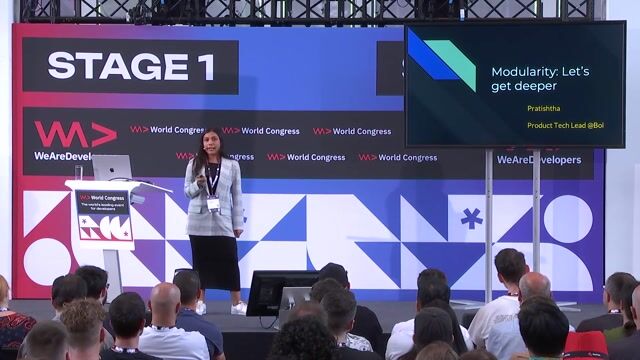 27:19
27:19Modularity: Let's dig deeper
Pratishtha Pandey
From learning to earning
Jobs that call for the skills explored in this talk.

Head of Software Architecture & DevOps Transformation
Rocken AG
Senior
DevOps
Microservices
Software Architecture
Continuous Integration



Solution Architekt:in Mobile Computing
Enterprise Architect Logistics Services
Remote
Java
.NET
Scrum
Kafka
+8

Domain Architect Ricardo Platform (f/m/d) | 80-100% | Hybrid working model | Valbonne France
SMG Swiss Marketplace Group
Canton de Valbonne, France
Senior

Domain Architect Ricardo Platform (f/m/d) | 80-100% | Hybrid working model | Zürich Switzerland
SMG Swiss Marketplace Group
Sachseln, Switzerland
Senior

Lead Fullstack Engineer AI
Hubert Burda Media
München, Germany
€80-95K
Intermediate
React
Python
Vue.js
Langchain
+1

Tech Lead (m/f/d) - Berlin
Patronus Group
Berlin, Germany
Senior
Kotlin
Android
Angular
Spring Boot
Amazon Web Services (AWS)

Senior Systems/DevOps Developer (f/m/d)
Bonial International GmbH
Berlin, Germany
Senior
Python
Terraform
Kubernetes
Elasticsearch
Amazon Web Services (AWS)